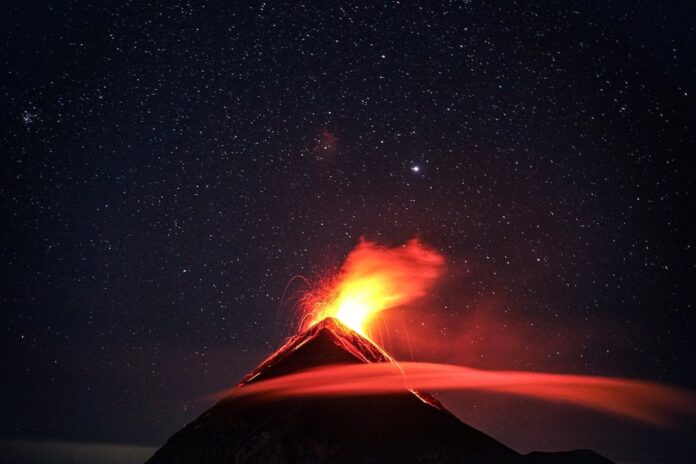A volcano is usually in the shape of a mountain that contains hot lava inside, and they are found both on land and underwater. When magma beneath the Earth’s crust reaches the surface, a volcano is formed. The eruption of a volcano allows gas, lava, and volcanic ash to escape from a magma chamber below the surface. Not all volcanoes are the same, and there are 4 main volcano types along with many other different types. We are going to look at the most common ones today, so let’s find out below.
1Cinder Cone
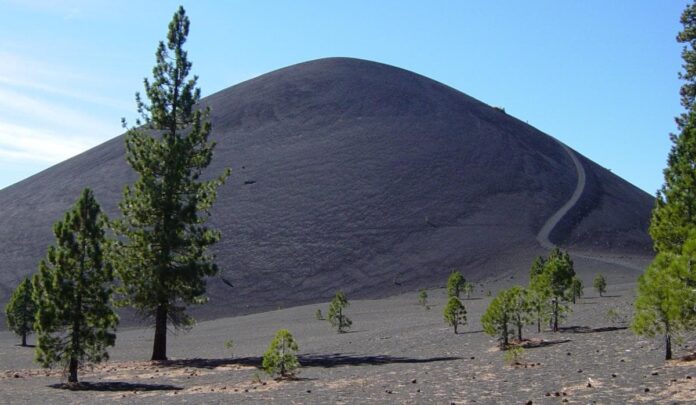
This is the most common type of volcano with its cone shape but smaller than most volcanoes out there. These volcanoes tend to be in a neat conical form with a circular base and triangle in overall shape. Cinder cone volcanoes are found throughout volcanic terrains in the world, often near larger volcanoes. A cinder cone usually grows from a single eruption cycle, but it rarely reaches a height of 300 meters.
Cinder cones have steep sides, and these volcanoes are composed of small fragments of rock such as pumice. Each eruption shoots these rocks in the air, and they don’t fall too far from the vent; hence the piles. One of the most famous cinder cone volcanoes is the Paricutin, which grew out of a cornfield in Mexico. It grew from a new vent and the eruptions continued for 9 years, reaching a height of 424 meters.
2Shield Volcano
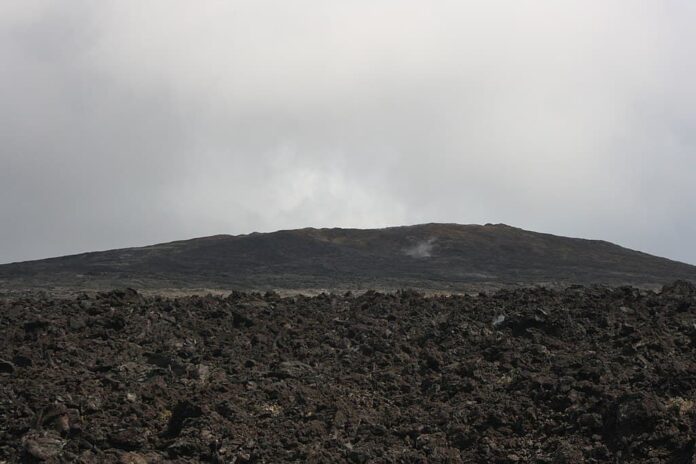
Lying on the ground with a shape that resembles a shield, the name of this volcano type is true to its appearance. Shield volcanoes are often found on constructive plate margins where two plates move away from one another. It simply consists of basic lava that is non-acidic and very runny, and it has no layers at all. Therefore, shield volcanoes have less violent eruptions with shorter periods between eruptions.
Shield volcanoes are found worldwide, and many of them are in both ocean basins and inland. Some of the largest ones are Mauna Loa and Tamu Massif, and the most prominent shield volcano chain is the Hawaiian Islands. Even more interesting, this type of volcano is also found on other planets such as Mars and Venus as well. The lava from shield volcano eruptions features low viscosity, so it does not pose a threat to human lives. Simply put, a shield volcano’s lava flow is easy to predict and avoid.
3Stratovolcano (Composite Volcano)
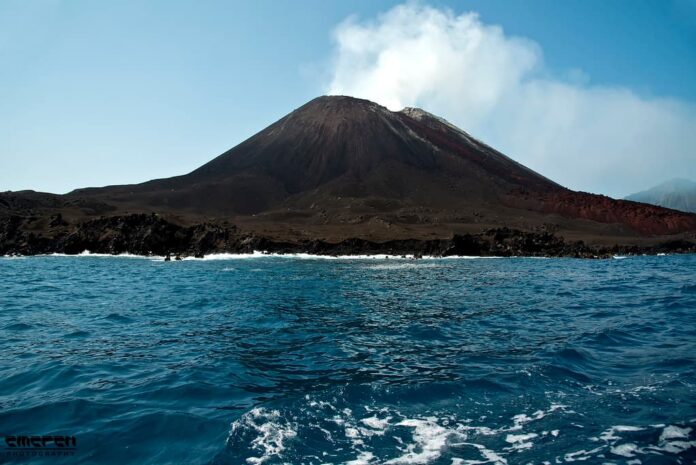
Unlike shield volcanoes, stratovolcanoes are tall and conical due to the buildup of many layers of hardened lava and tephra. This type of volcano has a steep profile, and it has periodic and explosive eruptions. Its source of magma is acidic with high-to-intermediate levels of silica, and its lava flow is highly viscous. Because of that, the lava simply cools and hardens before spreading very far from the volcano after the eruption.
Although the lava cools down, this type of volcano still poses a great danger to the nearby and surrounding civilizations. The perfect examples of stratovolcanos are Krakatoa and Vesuvius whose eruptions claimed thousands of lives. Each eruption spewed an ash cloud in the air that covered a large area that lasted for days or weeks. In worst cases like mount Vesuvius, the lava covered the entire ancient cities of Herculaneum and Pompeii, killing thousands.
Besides the ash and the lava, the volcanic bombs from stratovolcanos are also very dangerous. Those extrusive igneous rocks coming from the volcano can be as small as a book or as large as a car. The explosion sends these rocks as far as 20 kilometers (12 miles), hitting anything in its direction at very high speeds. Stratovolcanoes are the most dangerous type of volcano, and the largest stratovolcano is Mount Fuji in Japan.
4Supervolcano
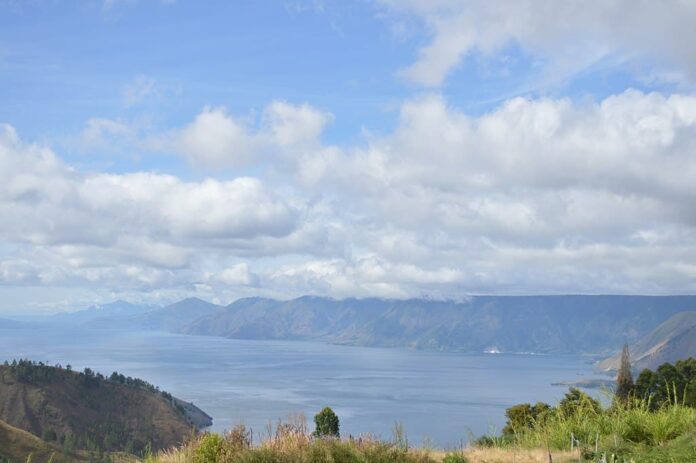
A volcano is considered a supervolcano when its eruption has a volume bigger than 1,000 cubic kilometers (240 cubic miles). The eruption from a supervolcano usually covers very big areas with lava and volcanic ash. This can cause a long-lasting climate or weather change, serious enough to cause the extinction of some species. It is thousands of times bigger than what most volcanic eruptions do, but a supervolcanic eruption is not so common. According to geologists, a supervolcanic eruption occurs every 5,200 years or 48,000 years, and it is very unlikely.
There are around 40 supervolcanoes in the world with 7 active, and Taupo Volcano in New Zealand was the most recent super-eruption. Lake Taupo is in the center of New Zealand’s North Island, and it is a supervolcano. The last time it erupted was 26,500 years ago, spreading ash all over the North Island and South Island. As for the most well-known supervolcano is the Yellowstone National Park whose last eruption was 2.1 million years ago. In case it erupts again although not possible anytime soon, this supervolcano could cover the whole United States with ash.
Related Post: Countries With Supervolcano

